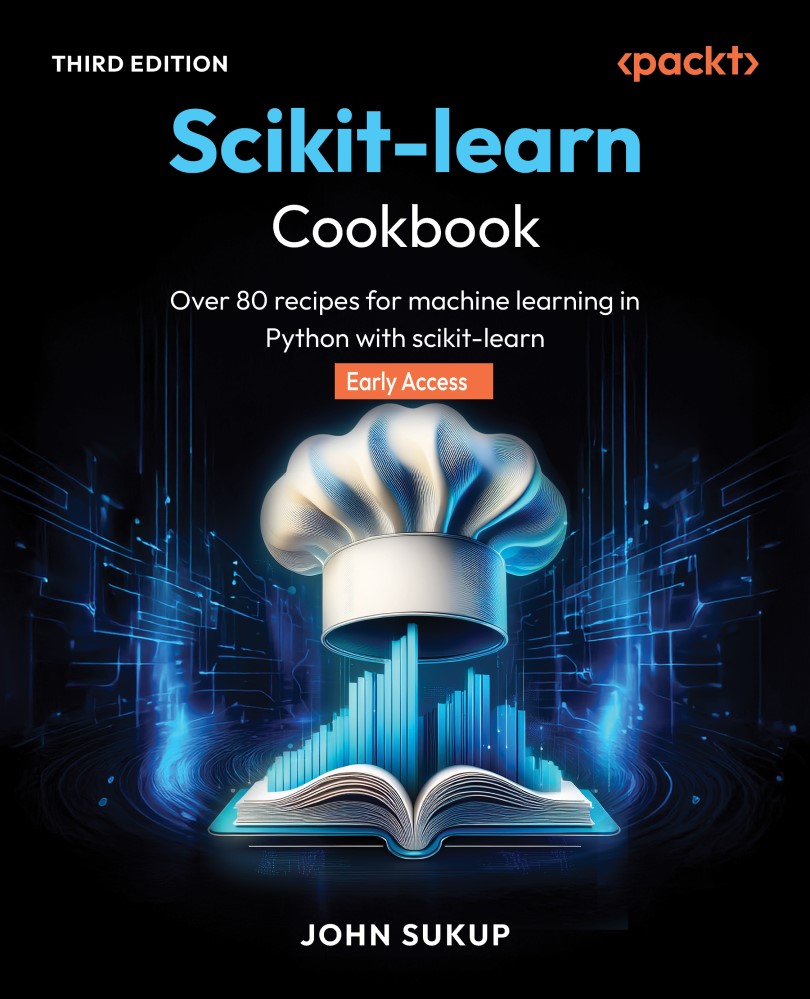Implementing Text Classification Models
Implementing text classification models allows us to categorize textual data effectively, such as sentiment analysis or topic classification. Using scikit-learn, we can employ popular algorithms including Naive Bayes, Support Vector Machines (SVM), and logistic regression to accurately predict categories based on textual input. Now, let’s look at a recipe for applying classification techniques to text-based data sets.
Getting ready
We'll begin by preparing our environment and data for classification modeling. We will use the Brown Corpus again.
Load the libraries:
import pandas as pd from sklearn.feature_extraction.text import TfidfVectorizer from sklearn.model_selection import train_test_split from sklearn.naive_bayes import MultinomialNB from sklearn.svm import SVC from sklearn.linear_model import LogisticRegression from sklearn.metrics import classification_report import nltk from nltk.corpus import brown import matplotlib.pyplot...

































































